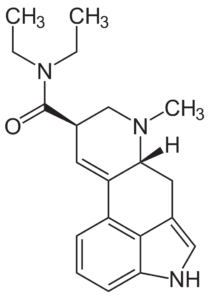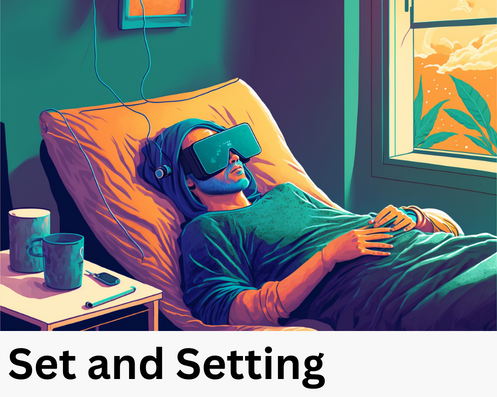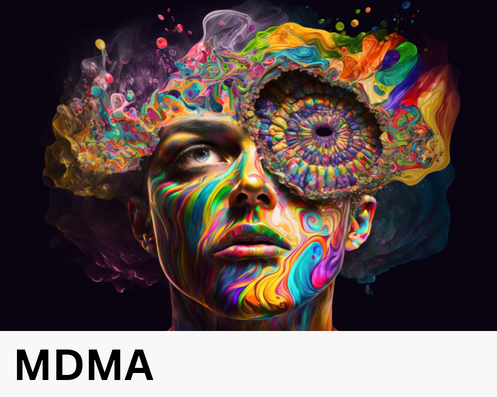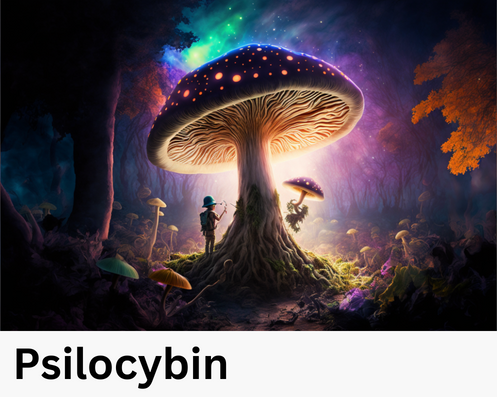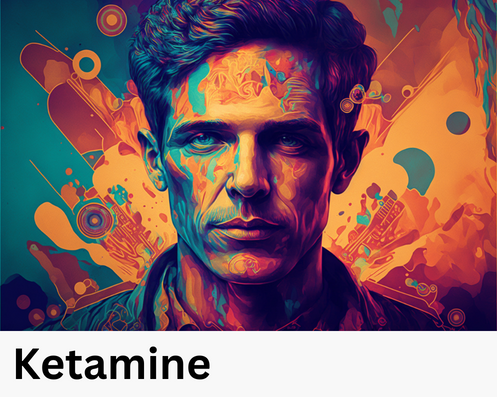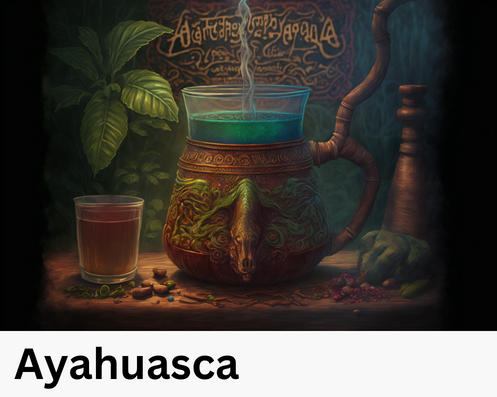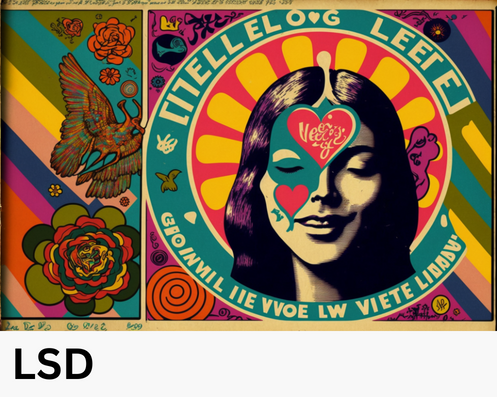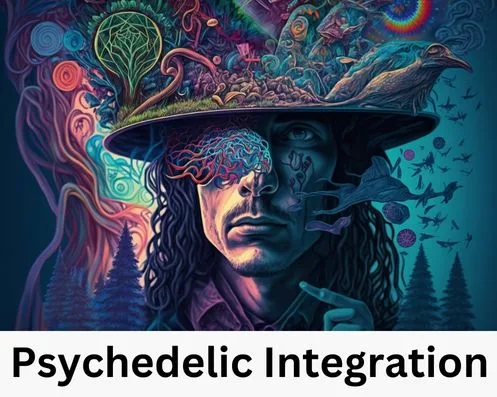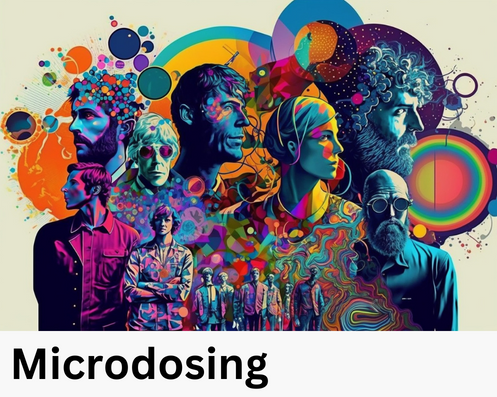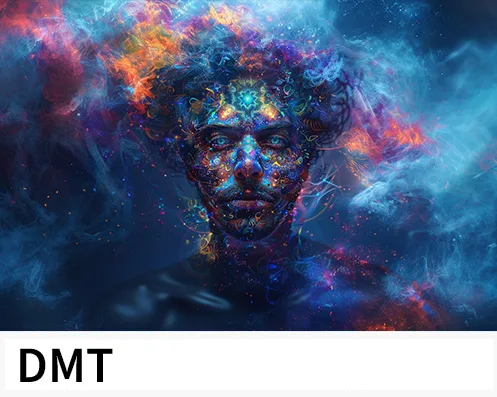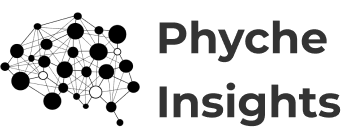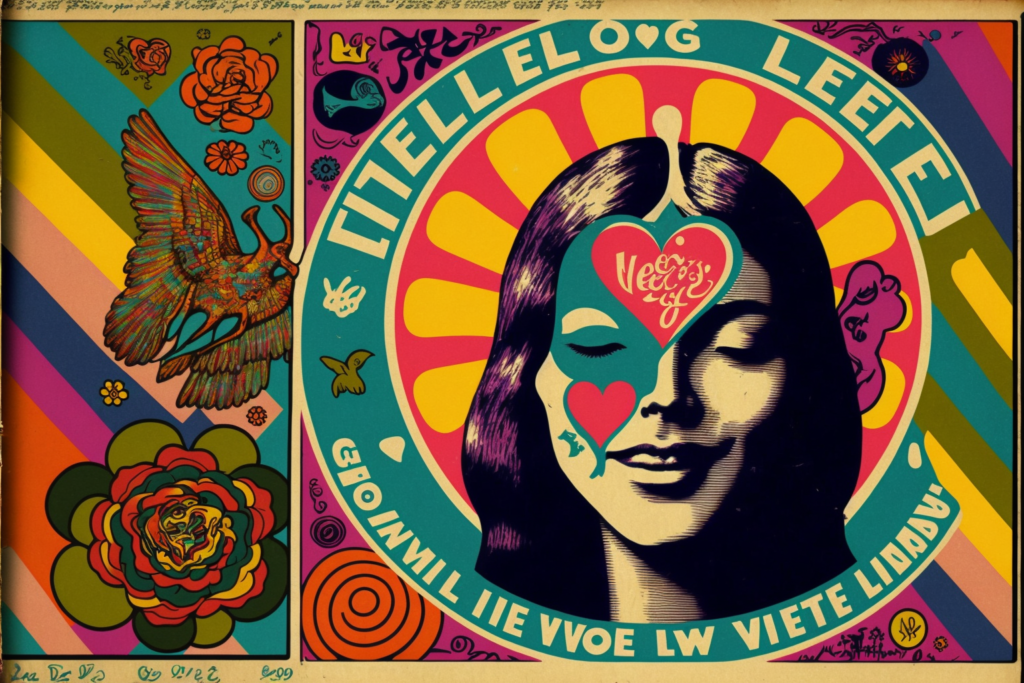
Forward
LSD contains hidden meanings and preconceived notions depending on your country, language, and religion. Perhaps you’ve tried the drug, and know the importance of set and setting, or curiously found your way here wishing to research LSD before taking the plunge. I could summarize myself, but no one describes the experience better than Timothy Leary, Ph.D. (Rest in peace, Baba Ram Dass).
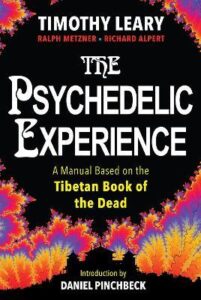
Of course, the drug dose does not produce the transcendent experience. It merely acts as a chemical key — it opens the mind, frees the nervous system of its ordinary patterns and structures. The nature of the experience depends almost entirely on set and setting. Set denotes the preparation of the individual, including his personality structure and his mood at the time. Setting is physical — the weather, the room's atmosphere; social — feelings of persons present towards one another; and cultural — prevailing views as to what is real. It is for this reason that manuals or guide-books are necessary. Their purpose is to enable a person to understand the new realities of the expanded consciousness, to serve as road maps for new interior territories which modern science has made accessible.
The Psychedelic Experience: A Manual Based on The Tibetan Book of the Dead, Timothy Leary, 1964.
Change happens when the pain of staying the same is greater than the pain of change. New research shows LSD can change your life completely, safely, for the better. What falsely earned the reputation as a dangerous substance is now regaining its rightful place in the safe, therapeutic spotlight.
Overview
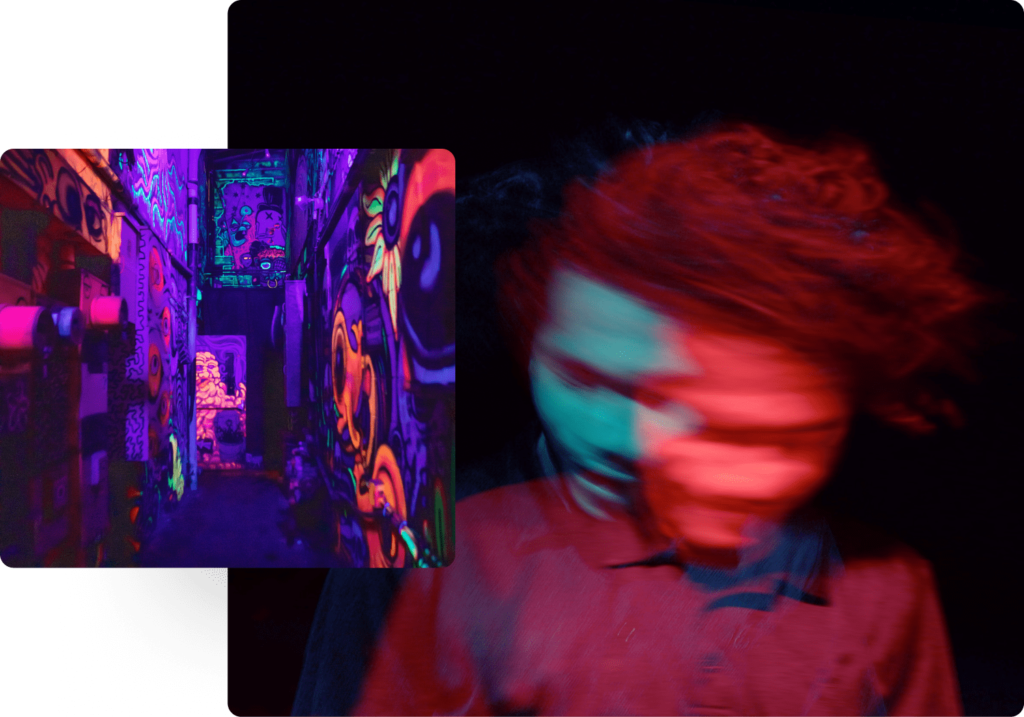
LSD, colloquially known as acid, is a psychedelic drug known for its mind-altering properties. The abbreviation LSD originates from the German translation lysergäurediethylamid. This chemical belongs to a class of hallucinogenic drugs capable of producing mild changes in perception, mood, and thoughts. First synthesized by Swiss chemist Albert Hofmann in 1938, he did not discover the psychedelic properties of the compound until many years later, in 1943, when he accidentally ingested a small amount of the drug. 1,2
LSD can include symptoms like dilated pupils, sweating, and wakefulness, with dissociating visual and auditory illusions (generally known as trips). LSD is synthesized from lysergic acid, which is derived from ergot alkaloids (ergotamine and ergonovine). These alkaloids are found in the fungus Claviceps purpurea, which attack the rye plant. 1,2
LSD has been used to treat alcoholism, addiction, obsessive-compulsive disorder (OCD), cluster headaches, and anxiety with medical advancement. Studies are currently underway to evaluate its effectiveness in medical conditions such as chronic pain and multidrug-resistant depression. 1,2
History
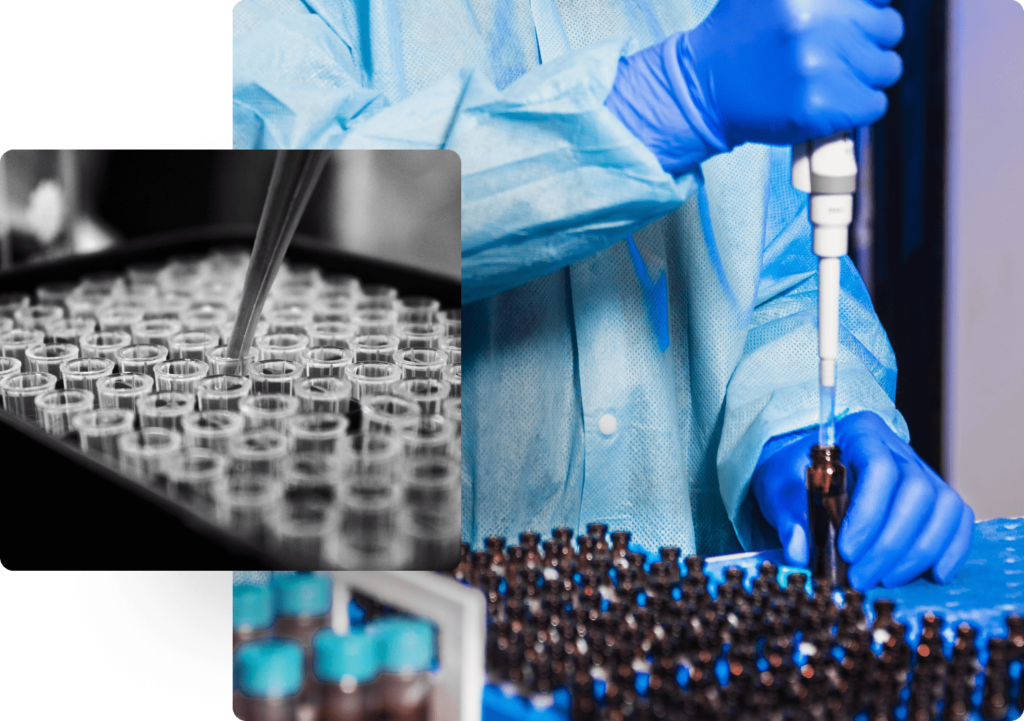
While working for Sandoz pharmaceuticals in Basel, Switzerland, Hofmann first synthesized LSD on November 16th, 1938.3 Originally, Hofmann attempted to develop a circulatory and respiratory stimulant from lysergic acid derivatives. When the drug failed to produce the desired effects, he set the compound aside.
On a whim, Hofmann decided to revisit the compound in 1943, and accidentally ingested a small amount. Little did he realize this moment would change his life forever. Hofmann described what quickly ensued as his first LSD trip:
“…affected by a remarkable restlessness, combined with a slight dizziness. In a dreamlike state, with eyes closed, I perceived an uninterrupted stream of fantastic pictures, extraordinary shapes with an intense, kaleidoscopic play of colors. After some two hours, this condition faded away.”
Albert Hofmann
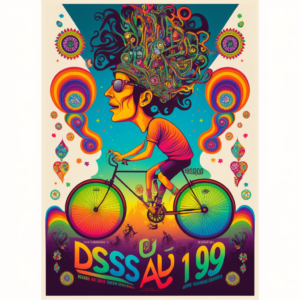
Like any good scientist, Hofmann intentionally ingested 250 micrograms of LSD three days later and experienced the effects while he rode home on a bike. This day became notoriously known as “Bicycle Day.”
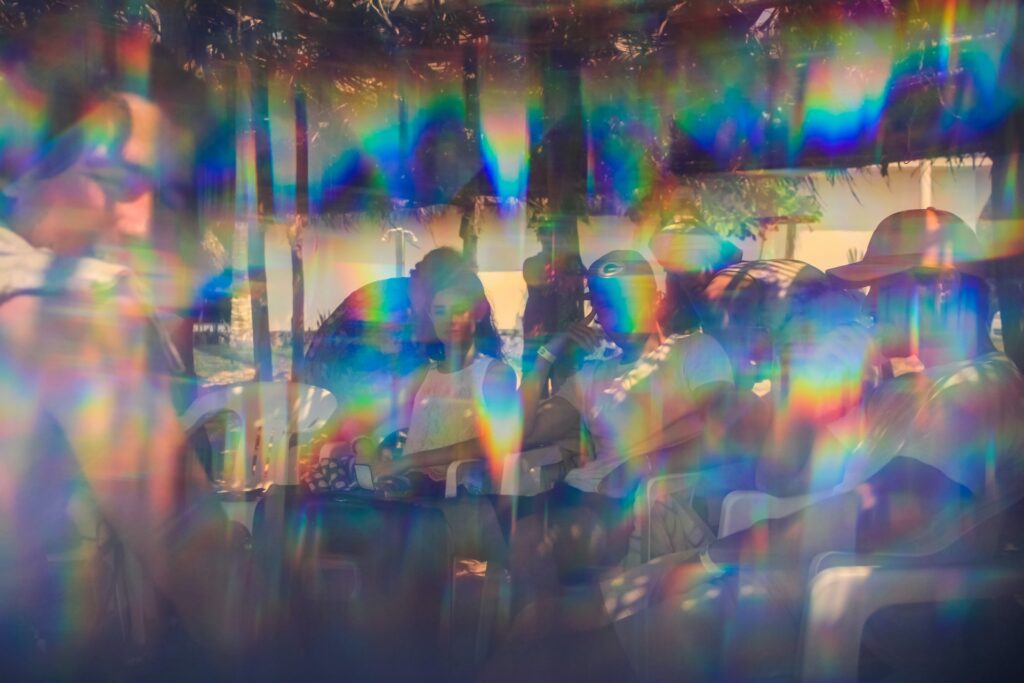

The 1950s and 1960s are often referred to as the golden age of LSD, as numerous studies ensued to investigate the uses and side effects of this exciting new hallucinogen. Psychiatrists, therapists, and researchers administered LSD to thousands of people throughout the world. In 1953, the Central Intelligence Agency (CIA) in the United States illegally conducted experiments on people using LSD, using the drug during interrogations. This became known as the notorious Project MKUltra scandal, which only further served to tarnish LSD’s name and potential.
Not surprisingly, the United States listed LSD as a highly controlled Schedule 1 substance in 1968, with the United Nations adopting the same classification three years later. 3,4 This made further studies on the drug, both as a potential therapeutic agent or as candidates for further exploration, virtually impossible. Despite the ban on psychedelic research, a resurgence of interest in LSD emerged in the late 2000s. 5,6
Chemistry
Lysergic acid diethylamide (LSD) is an ergoline alkaloid synthesized using the formal condensation of lysergic acid with diethylamine. LSD is a chiral compound with two stereocenters and four optical isomers. (+)- lysergide is the active stereoisomer. The international nonproprietary name (INN) of LSD is (+)- Lysergide. The IUPAC name for LSD is 9, 10-dihydro-N, N-diethyl-6-methylergoline-8β-carboxamide.7
Molecular functional groups found in LSD structure include carboxylic acid, primary amine, and secondary amine groups. LSD belongs to a family of indole alkylamines. It has a molecular weight of 323.4g/mol with a molecular formula: C20H25N3O. It is normally produced as a salt form that is colorless, odorless, and water-soluble. 8
Dosage and
Effects
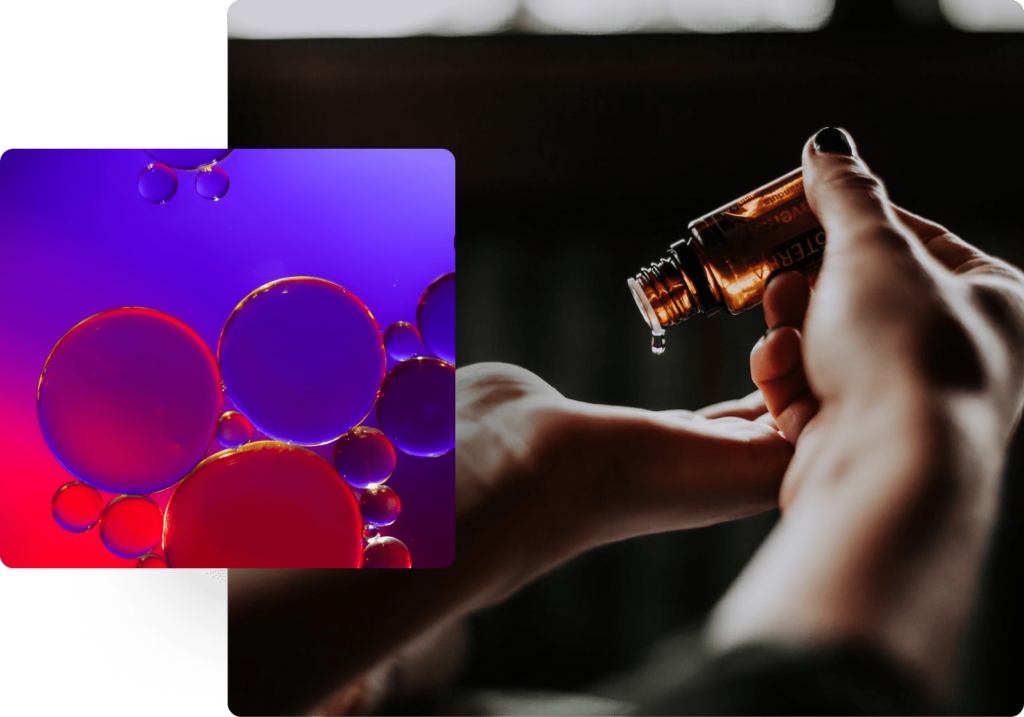
LSD is a very potent psychoactive compound, requiring as little as 5 micrograms to produce the following symptoms: 9, 10
- Increased heart rate
- Increased sweating
- Increased body temperature
- Dilated pupils
- Nausea
- Insomnia
- Dry mouth
- Tremor
- Increase in blood sugar levels
LSD is a mind-altering substance known for its principal action of producing hallucinogenic effects. The experience of consuming LSD is called a trip and can be divided into both the negative effects called bad trips and positive effects called good trips.10
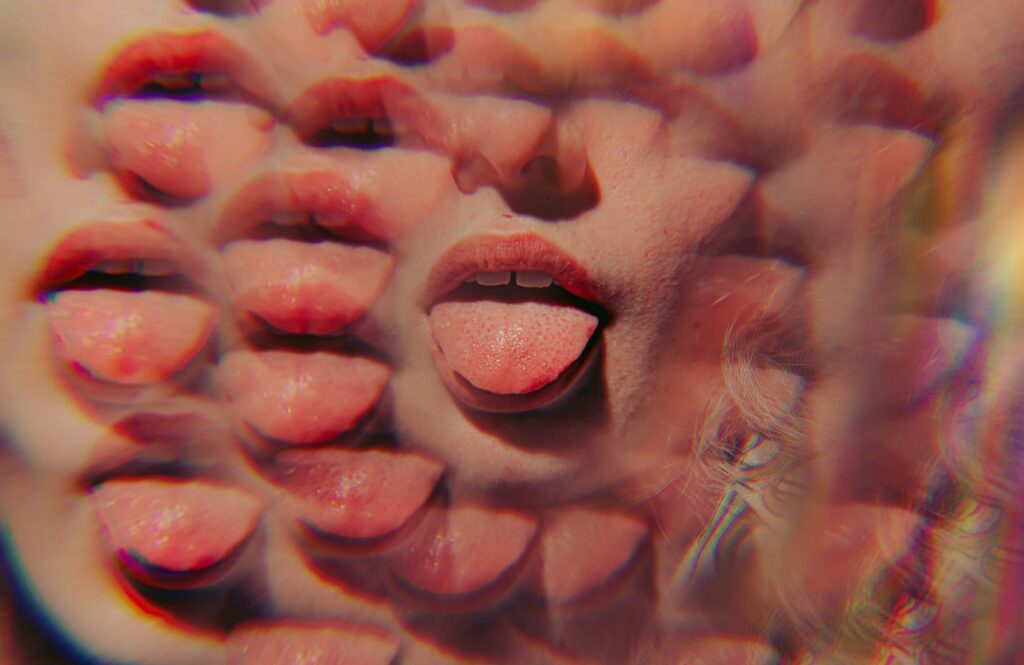
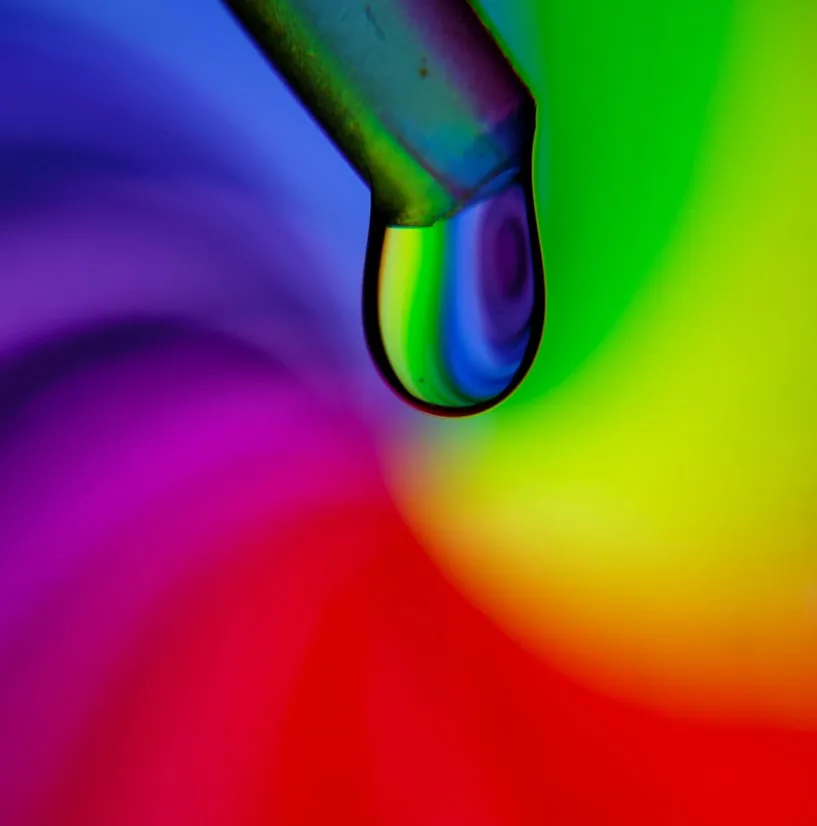
LSD stimulates serotonin (5-HT2a) receptors in the brain, triggering a cascade of molecular events that alter thoughts, feelings, perception, and mood. The effects of LSD are temporary, reversible, and typically last between six to 10 hours.
These effects include: 9,10
- Visual hallucinations
- Impulsive behavior
- Distortion in the sense of time
- Auditory hallucinations
- Synaesthesia – merging of senses, “hearing” colors, and “tasting” music
- Ego dissolution
- Euphoria
- Amplification of senses such as hearing and smell
- Feelings of happiness, trust, and closeness to others
- Enhanced implicit and explicit emotional empathy
On rare occasions, sometimes the following negative symptoms surface during a trip: 9,10
- Unable to track time
- Inability to focus
- Unusual thoughts and speech
- Paranoia
- Fear of death
- A general feeling of overwhelming thoughts

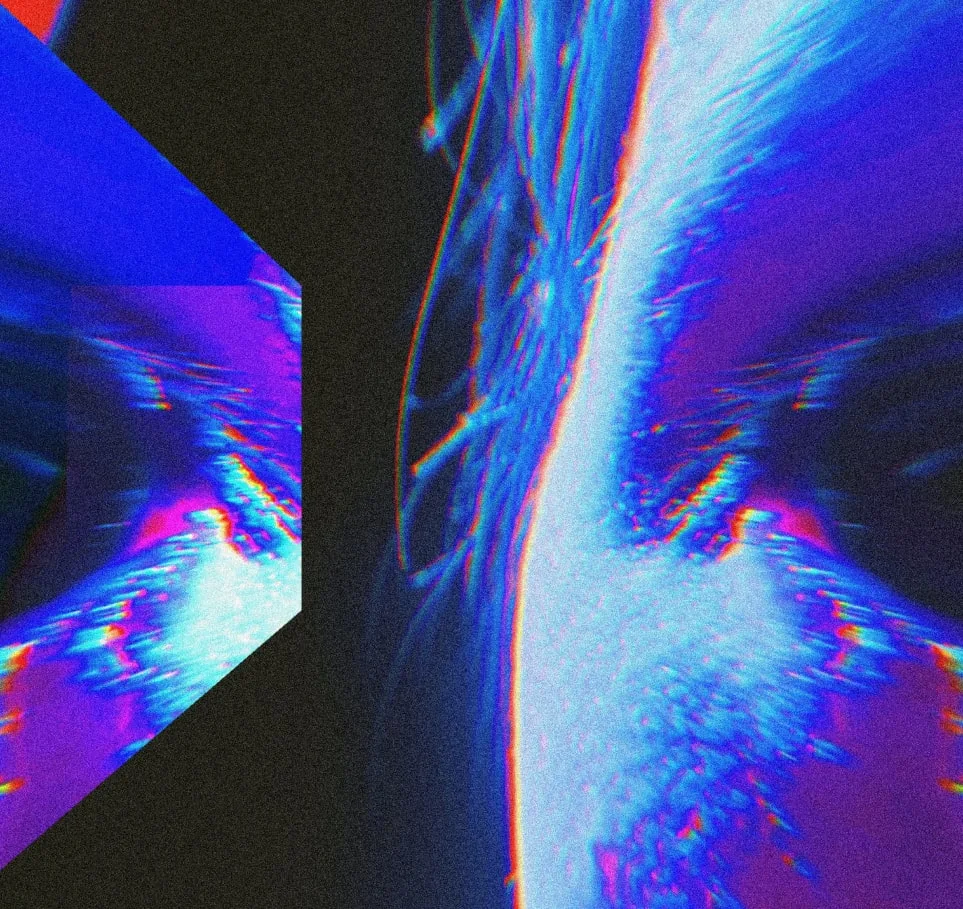
The current recorded doses are for research purposes only, which range from 200 micrograms to 750 micrograms. Higher doses of 1000 micrograms have been evaluated for safety profiles in mice. So long as LSD is not combined with other substances, it is generally safe even at higher doses, which produce a mild and non-fatal increase in body temperature, heart rate, and blood pressure in about 15% of the participants.11
A 2020 study reported three cases of nonfatal, accidental LSD overdose at doses ranging from 550 – 1000 micrograms. 12
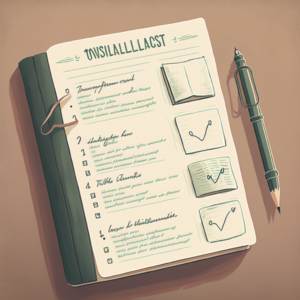
Microdosing involves the use of sub-perceptual amounts of a psychedelic substance. People reported higher levels of creativity, improved focus, and increased energy when microdoses of LSD were used every week. Micro doses of LSD are prepared with volumetric dosing, measuring between 5 and 20 micrograms, and is usually done every three days, with a microdose taken on Day 1, after which no doses are taken on Day 2 and Day 3. 19
Common benefits associated with microdosing of LSD include a decrease in the frequency of depression, anxiety, mood disorders, and PTSD, with improved levels of creativity, productivity, and focus. 19
Microdosing ranges between 5 – 20 mcg with the following findings: 23
- Low doses between 5 – 20 mcg enhance sustained attention.
- 20 mcg reduces speed of information processing.
- Low doses affect mood states in positive directions (5, 10, 20 mcg).
- Low doses increased anxiety, with confusion arising at 20 mcg.
- Most all participants show apparent effects at 20 mcg.
Health &
Research
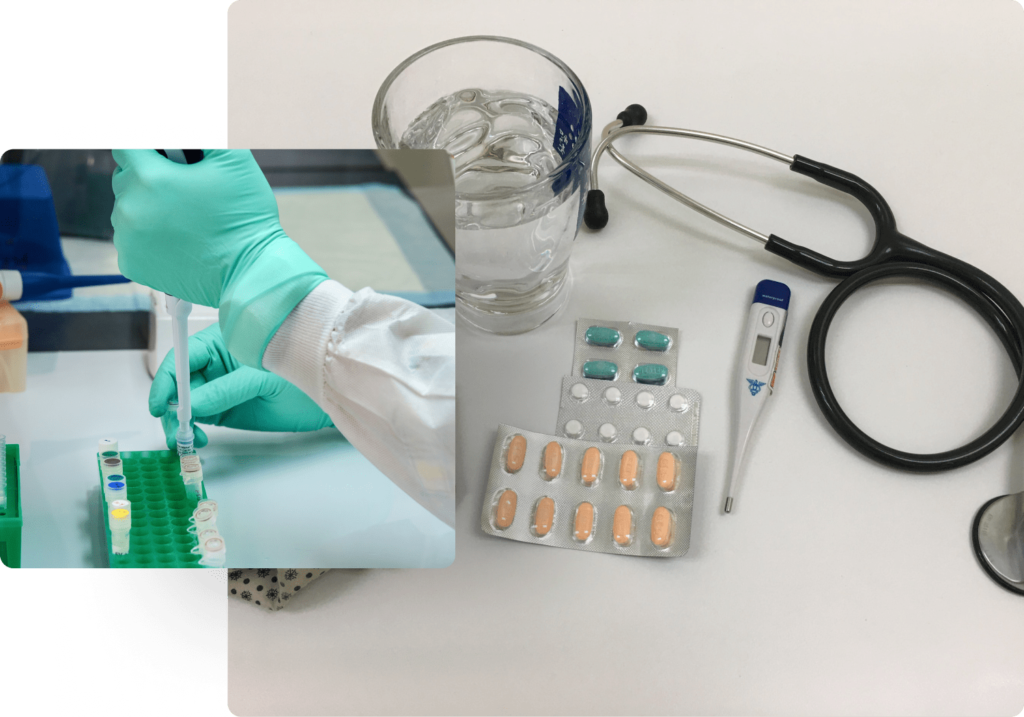
Research into the potential therapeutic use of LSD began soon after Albert Hofmann published his findings. Scientists and psychologists from around the world began research into the potentials of LSD, especially in the field of psychotherapy, in the 1950s. Several notable figures like Aldous Huxley, Al Hubbard, and Timothy Leary advocated for the use of LSD in the management of some psychological disorders.13
In his book “The Doors of Perception,” Aldous Huxley describes his experience with mescaline, and became a strong proponent of using psychedelics in Psychiatry. The American psychologist Timothy Leary also promoted LSD in psychiatry, becoming a well-known figure in the counterculture movements in the 1960s.
In 1961, Al Hubbard emphasized the potential for LSD to serve as a transcendental drug, especially in its use in the treatment of alcoholism, anxiety, and other psychiatric pathologies. Foundations such as the Albert Hofmann Foundation, Beckley Foundation, and Heffter Research Institute currently fund and coordinate research into the medical use of LSD. 13
In 1988, the Swiss government granted special permission to select a group of researchers to look into the therapeutic uses of MDMA and LSD. This research carried on until 1993, when the license was revoked. In 1994, Paul Gasser reported that of the 121 participants involved in a follow-up study, 90% of the patients reported continued improvement in their psychological issues and self-exploration when treated with LSD. The research also demonstrated the safety of LSD, as the drug did not cause any fatal consequences in the participants.15
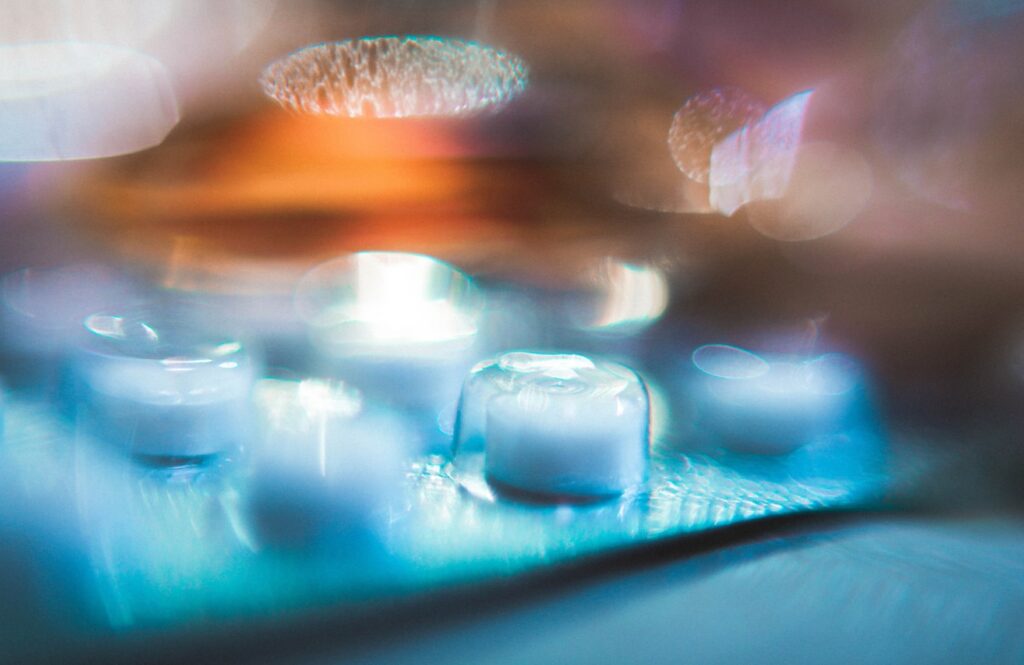
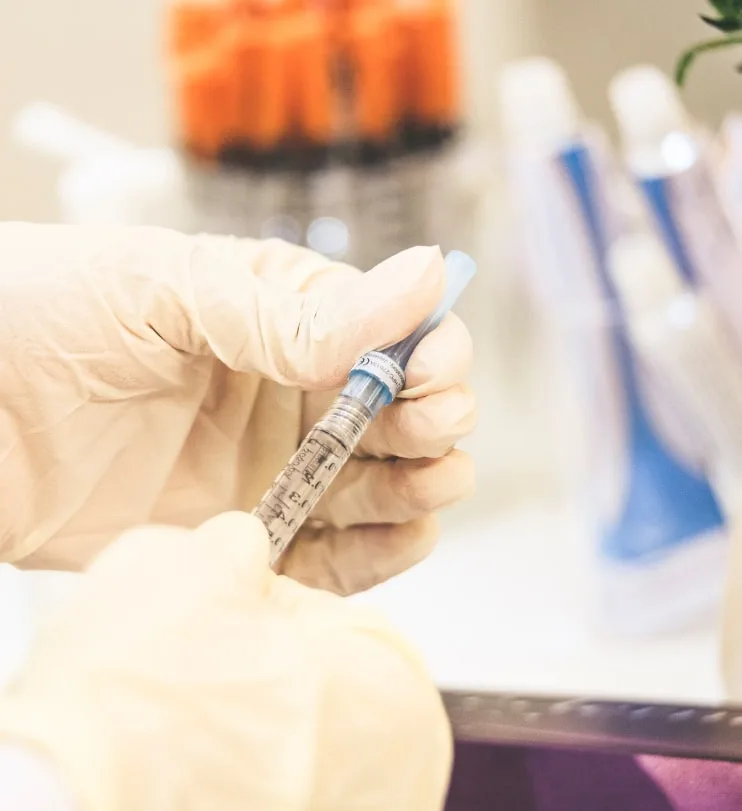
Most recently, several MRI studies have evaluated participants under the influence of LSD. Overall, they report increases in connectivity between brain regions, specifically within the thalamocortical system, which supports the model proposing that hallucinogenic drugs exert their effects by inhibiting cerebral filtering of external and internal data. 24,25
Another study from the Imperial College London, working with the Beckley Foundation, discovered using advanced imaging that those on LSD experience increased connectivity between brain regions. They essentially “see” with their eyes closed. The separateness of neural networks breaks down, resulting in a more unified and integrated brain. This is why people experience an ego-dissolution, which is the breakdown of self, and replaced with a deep interconnectedness to the world and others. 29
Benefits & Risks

Anecdotally, the overall risk for consuming mild doses of LSD is considerably low. Most who choose to trip report expansive self revelations and clarity. People experience profound releases from symptoms of depression and anxiety. They feel connected with the world and others in a way that provides deep peace. LSD does not stimulate euphoria in the same way as other substances such as cocaine or ecstasy, but a permeating sense of clarity that then brings joy.
Dangers lie in quality, quantity, and polypharmacy. Combining LSD with antidepressants or MAOI drugs can cause life threatening serotonin syndrome. If severe vital sign abnormalities occur, such as high heart rate or body temperature, contamination with another toxin, such as PCP, amphetamines, or cocaine should be considered. 21 The use of LSD in spirituality has very little systematic research, but improved positivity has been reported.16
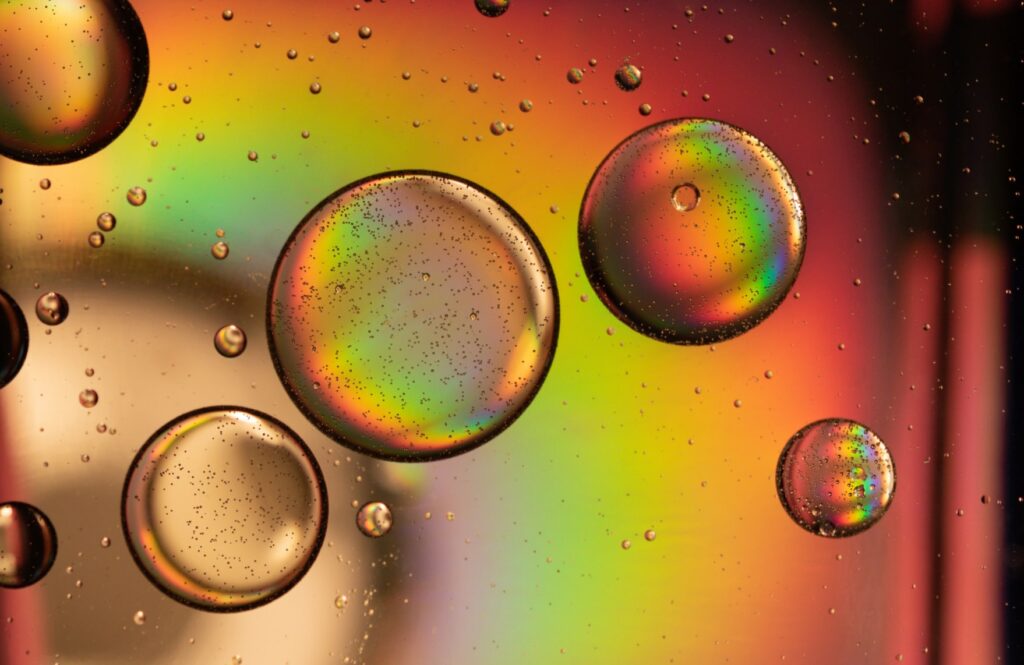
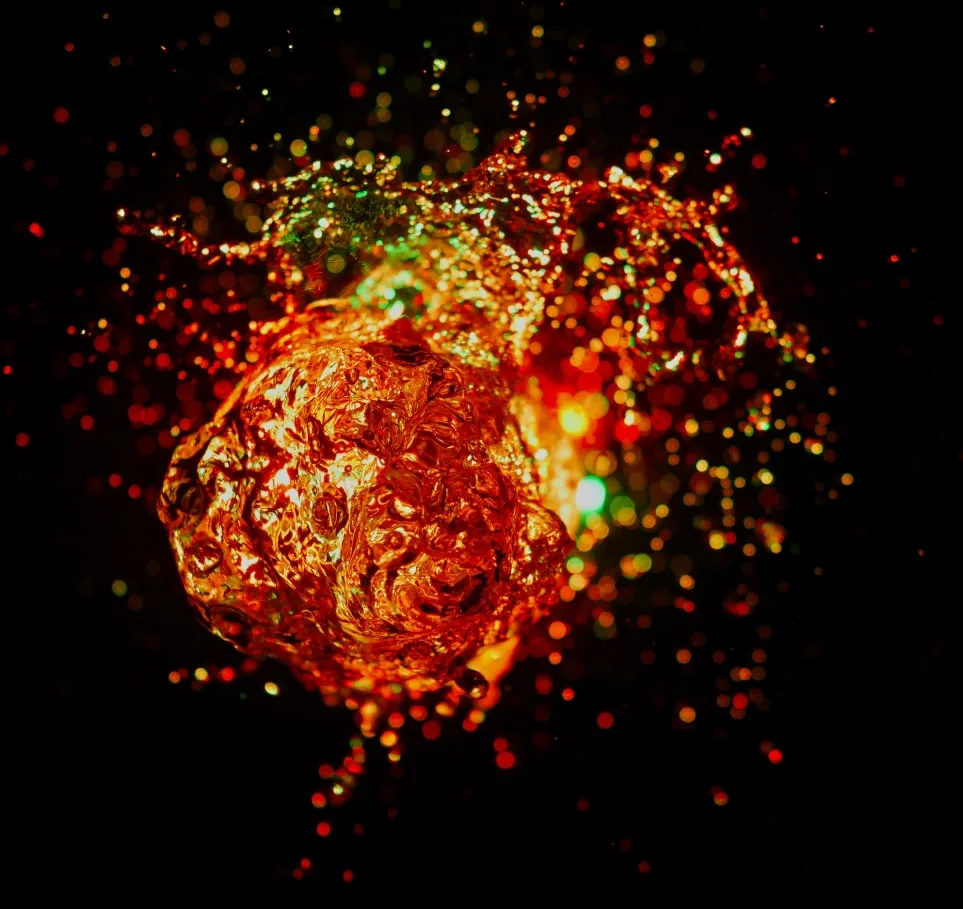
The hallucinogenic effects of LSD can sometimes lead to risky adventures, but the probability of this happening depends on the person and the environment, and has not been clearly outlined in the literature. There is no evidence to support the risk of physical dependence, but some cases of psychological dependence have been reported. 21
Hallucinogenic persisting perception disorder (HPPD), or acute hallucinogen-induced psychosis, is characterized by persistent flashbacks and visual hallucinations. This stems from chronic, abusive use of LSD for extended periods of time, and can be incredibly difficult to treat. Between 5-50% of hallucinogen users report experiencing at least one flashback after use. 17, 22
Vasospasm leading to strokes and peripheral ischemia has been reported, but is exceedingly rare. 24
Therapeutic Uses
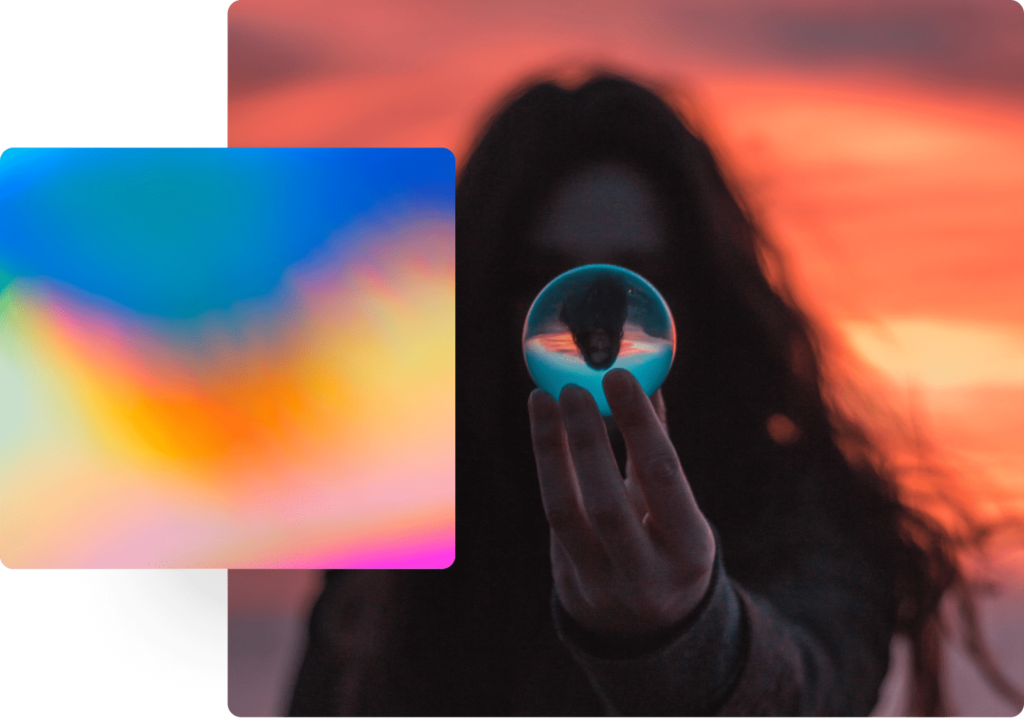
Currently, LSD has no approved medical use according to the U.S. Federal Drug Administration (FDA). Despite this, Bill Wilson, the co-founder of Alcoholics Anonymous (AA), believed LSD could be used to cure alcoholics and credited the drug with helping his own recovery from often debilitating depression.
In 1986, Rick Doblin, Ph.D., founded the Multidisciplinary Association for Psychedelic Studies (MAPS), a non-profit research and educational organization that develops medical, legal, and cultural contexts for people to benefit from careful uses of psychedelics and marijuana. MAPS envisions a world where drugs like LSD can be used to treat mental illness.
MAPS published its first successful study on LSD in 2014, which demonstrated the safety and efficacy of LSD-assisted psychotherapy for anxiety associated with life-threatening diseases. Patients treated with LSD during therapy reported sustained reductions in anxiety even one year later. 27
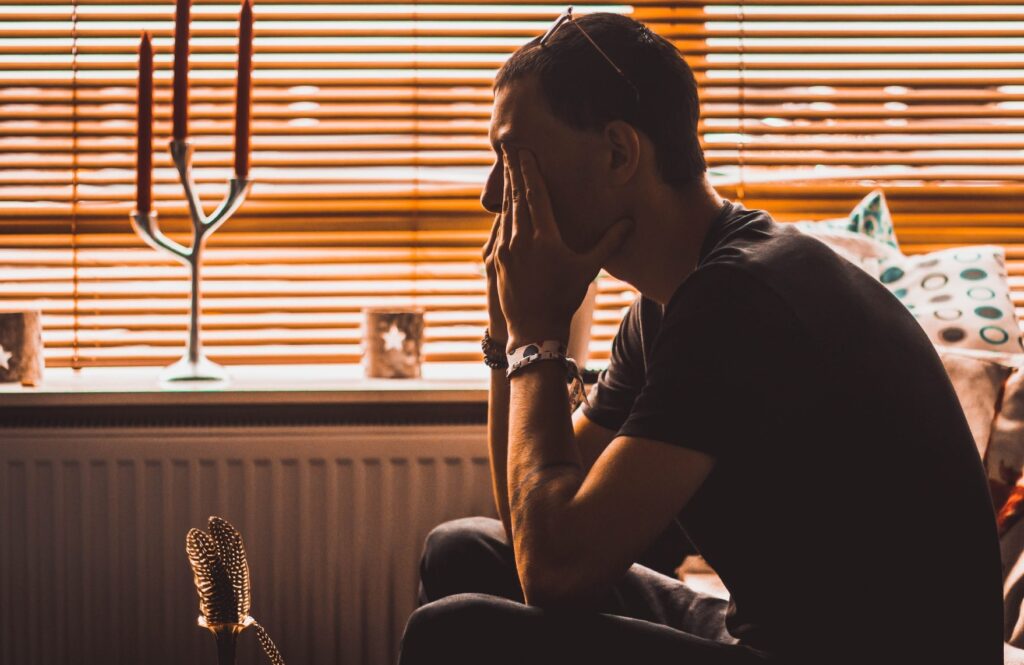
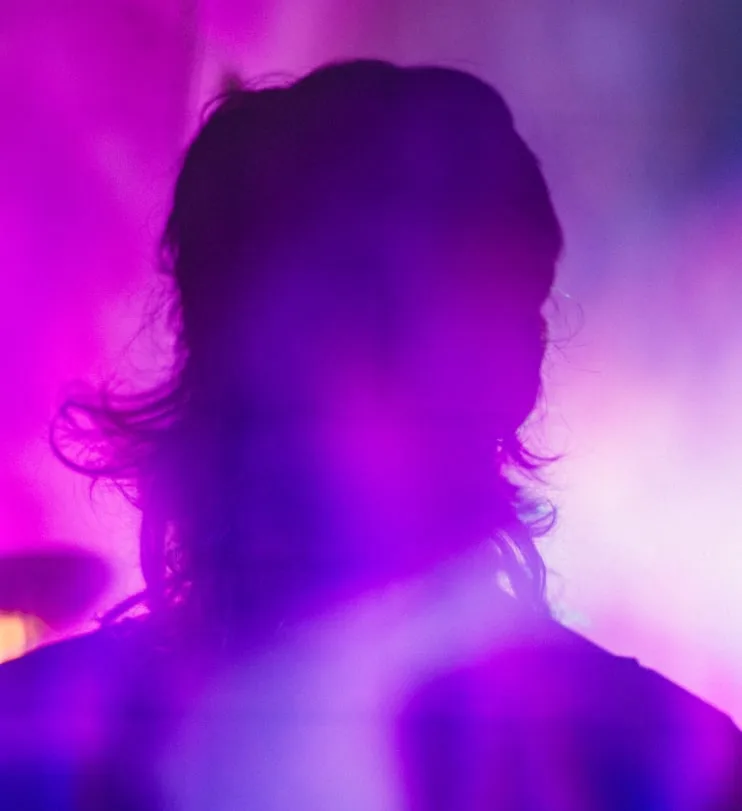
LSD has been used to manage alcoholism, anxiety, and depression off-label in research settings. In recent times, the use of LSD in medicine has been revisited, with microdosing increasing in popularity.18
Per a recent press release, a leading psychedelic medicine company, MindMed, received FDA approval to conduct clinical trials using LSD to target generalized anxiety disorder (GAD). Project Lucy will enroll approximately 200 patients in a Phase 2b dose-optimization study, the first approved commercial study in more than 40 years. 28
Media & Books

Several books have been published on LSD, most of which document the anecdotal hallucinogenic experience. Some of the more famous books include:
- Psychedelic Medicine: The Healing Powers Of LSD, MDMA, Psilocybin, and Ayahuasca by Richard Louis Miller, 2018.
- The Pharmacology Of LSD, by Hintzen & Passie, 2010.
- LSD, My Problem Child, by Albert Hofmann, 1979.
- LSD Psychotherapy, by Stanislov Grof, 1980.
- Acid Dreams, by M. Lee & B. Shlain, 1985.
- How to Change Your Mind, Michael Poland, 2018.
- The Psychedelic Experience: A Manual Based on The Tibetan Book of the Dead, Timothy Leary, 1964.
- Realms of The Human Unconscious: Observations from LSD Research, by Stanislov Grof, 1975
Notable websites:
- The Beckley Foundation: https://www.beckleyfoundation.org/lsd-in-the-media/
- DEA Fact Sheet: https://www.dea.gov/sites/default/files/2020-06/LSD-2020_0.pdf
- Multidisciplinary Association for Psychedelic Studies (MAPS): https://maps.org/about-maps/mission/
Worthwhile articles:
- How LSD Influenced Western Culture: https://www.bbc.com/culture/article/20181016-how-lsd-influenced-western-culture
- LSD featured on the History Channel: https://www.history.com/topics/crime/history-of-lsd
- The Science of the Psychedelic Renaissance: https://www.newyorker.com/books/under-review/the-science-of-the-psychedelic-renaissance
Legal Status
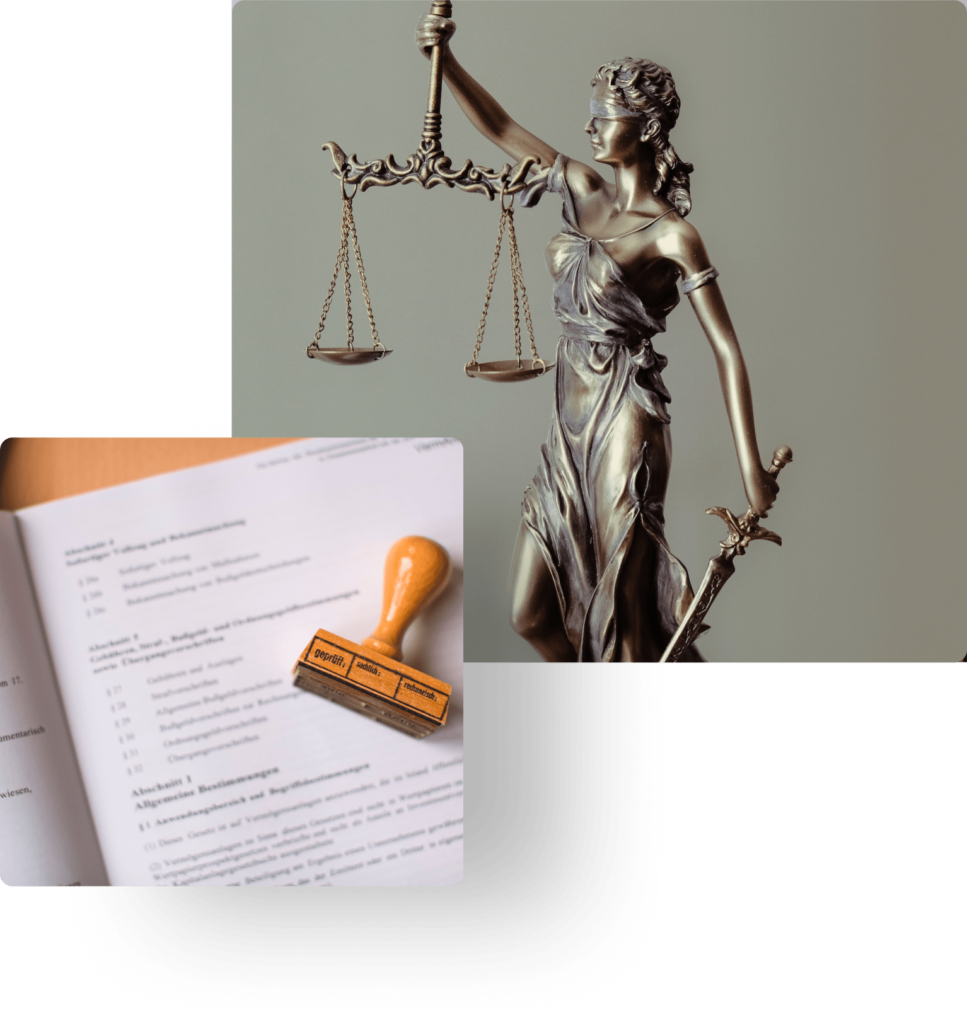
LSD was classified as a Schedule 1 drug at the UN Convention of psychotropic substances in 1971, three years after it was listed in the same schedule in the United States of America. This listing makes LSD illegal in countries belonging to the United Nations convention. At present, LSD is not legal in any country in the world.
LSD is a controlled substance under schedule III of controlled drugs and substance acts in Canada.
Decriminalization of small quantities of LSD has been done in the following countries: 20
- Argentina
- Armenia
- Chile
- Colombia
- Costa Rica
- Peru
- Poland
- Norway
- Paraguay
- Portugal
- Spain
- Netherlands
- Estonia
- Germany
- Switzerland
The decriminalization of LSD in these countries is subject to individual country laws and is not a free pass to synthesize, consume, or sell LSD.
Medical and scientific research with LSD in humans is permitted under the 1971 UN Convention.
References
- Passie, T., Halpern, J. H., Stichtenoth, D. O., Emrich, H. M., & Hintzen, A. (2008). The pharmacology of lysergic acid diethylamide: a review. CNS Neurosci Ther, 14(4), 295-314. Doi:10.1111/j.1755-5949.2008.00059.x
- Johnson, M., Richards, W., & Griffiths, R. (2008). Human hallucinogen research: guidelines for safety. J Psychopharmacol, 22(6), 603-620. Doi:10.1177/0269881108093587
- Schnid Y, Gasser P, Liechti M.E., (2021). Acute subjective effects in LSD and MDMA-assisted psychotherapy. J Psychopharmacol 35(4):362-374
- Hofmann, A. (2009). LSD, my problem child: reflections on sacred drugs, mysticism, and science (Fourth ed.). Santa Cruz, CA: Multidisciplinary Association for Psychedelic Studies. ISBN 978-0-9798622-2-9. OCLC 610059315.
- (2020, February 21st). Controlled Substances – Alphabetical Order. Retrieved from https://www.deadiversion.usdoj.gov/schedules/orangebook/c_cs_alpha.pdf
- Hofmann, A (1979) How LSD Originated. Journal of psychedelic drugs, 11:1-2, 53-60,Doi:10.1080/02791072.1979.10472092
- Clark, C.C. (1989), “The Differentiation of Lysergic acid diethylamide from N-methyl-N-Propyl and N-butyl amides of lysergic acid.” Journal of forensic science, 34(3).
- Mesley, R.J, and Evans, W. H. “Infrared Identification of Lysergide (LSD),” Journal of Pharmacy and Pharmacology, 21, Nov. 1969, pp. 713 – 720.
- Dolder et al. (2016). LSD acutely impairs fear recognition and enhances emotional empathy and sociality. Neuropsychopharm, 41(11):2638-2646. Retrieved from: Researchgate.net
- Nichols DE (2016). Psychedelics. Pharmacol Rev 68: 264–355. https://www.ncbi.nlm.nih.gov/pmc/articles/PMC4813425/
- Friederike, H, Toya, V.C, Patrick, V, Matthias, E.L (2021). Safety Pharmacology Of Acute LSD Administration in Healthy Subjects. J Psychopharmacol Doi:10.1007/s00213-021-05978-6
- Haden, M, Woods, B (2020). LSD Overdose: Three Case Reports. Journal of Studies on Alcohol 81(1):115-118 Doi:10.15288/jsad.2020.81.115
- Johnson M, Richard W, Griffiths R., (2008). Human hallucinogen research: guidelines for safety. J Psychopharmacol 22(6):603-620.
- Carhart-Harris et al. (2016). Neural correlates of the LSD experience revealed by multimodal neuroimaging. Proceeding of The National Academy of Sciences Retrieved from: https://www.pnas.org/cgi/doi/10.1073/pnas.1518377113
- Gasser, P., Holstein, D., Michel, Y., Doblin, R., Yazar-Klosinski, B., Passie, T., & Brenneisen, R. (2014). Safety and efficacy of lysergic acid diethylamide-assisted psychotherapy for anxiety associated with life-threatening diseases. The Journal of Nervous and Mental Disease, 202(7), 513. Retrieved from: https://www.ncbi.nlm.nih.gov/pmc/articles/PMC4086777/pdf/nmd-202-513.pdf.
- Dos Santos, R.G. et al. (2016). Antidepressive, Anxiolytic, and Anti addictive effects of ayahuasca, psilocybin and lysergic acid diethylamide (LSD): a systematic review of clinical trials published in the last 25 years. Therapeutic Advances in Psychopharmacology, 2045125316638008. Retrieved from: https://www.ncbi.nlm.nih.gov/pmc/articles/PMC4910400/pdf/10.1177_2045125316638008.pdf
- Hintzen, A, Passie, T (2010) The pharmacology of LSD. Oxford, England: Oxford University Press.
- Rucker J.J, Jelen L.A, Flynn S, Frowde K.D, Young A.H (2016). Psychedelics in the treatment of unipolar mood disorders: a systematic review. J Psychopharmacol 30: 1220–1229
- Ayelet Waldman (2016) “A Really Good Day: How Microdosing Made a Mega Difference in My Mood, Marriage and My Life”
- (2020). Drug Decriminalization Across the World. Retrieved from https://www.talkingdrugs.org/drug-decriminalisation.
- Delgado, J. (2020). Intoxication from LSD and other common hallucinogens. UpToDate. Last updated Jan 21, 2020. Accessed 28 Jan, 2022.
- Hermle, L., Simon, M., Ruchsow, M., et al. (2012). Hallucinogenic persisting perception disorder. Ther Adv Psychopharm, 2(5), 199-205. https://doi.org/10.1177/2045125312451270
- Hutten, N., Mason, N., Dolder, P. (2020). Mood and cognition after administration of low LSD doses in healthy volunteers: A placebo controlled dose-effect finding study. Euro Neuropsych, 41, 81-91. https://doi.org/10.1016/j.euroneuro.2020.10.002.
- Lieberman, A.N., Bloom, W., Kishore, P.S., Lin, J.P. Carotid artery occlusion following ingestion of LSD. Stroke, 1974;5(2):213.
- Deco, G., et al. (2018). Whole-Brain Multimodal Neuroimaging Model Using Serotonin Receptor Maps Explains Non-linear Functional Effects of LSD. Current Bio, 28 (19), R1157-R1160. https://doi.org/10.1016/j.cub.2018.07.083.
- Muller, F., Borgwardt, S. (2019). Acute effects of lysergic acid diethylamide (LSD) on resting brain function. Swiss Med Wkly, 149:w20124. https://doi.org/10.4414/smw.2019.20124.Gasser, P., Holstein, D., Michel, Y., et al. (2014). Safety and Efficacy of Lysergic Acid Diethylamide-Assisted Psychotherapy for Anxiety Associated With Life-threatening Diseases. J Nerv Ment Dis, 202(7), 513-20. DOI: 10.1097/NMD.0000000000000113.
- FDA Clears MindMed IND for MM-120 in Treatment of Generalized Anxiety Disorder. Jan 25, 2022. https://mindmed.co/news/press-release/fda-clears-mindmed-ind-for-mm-120-in-treatment-of-generalized-anxiety-disorder/
- Wighton, Kate. (2016). The brain on LSD revealed: first scans show how the drug affects the brain. Imperial College London. https://www.imperial.ac.uk/news/171699/the-brain-lsd-revealed-first-scans.
